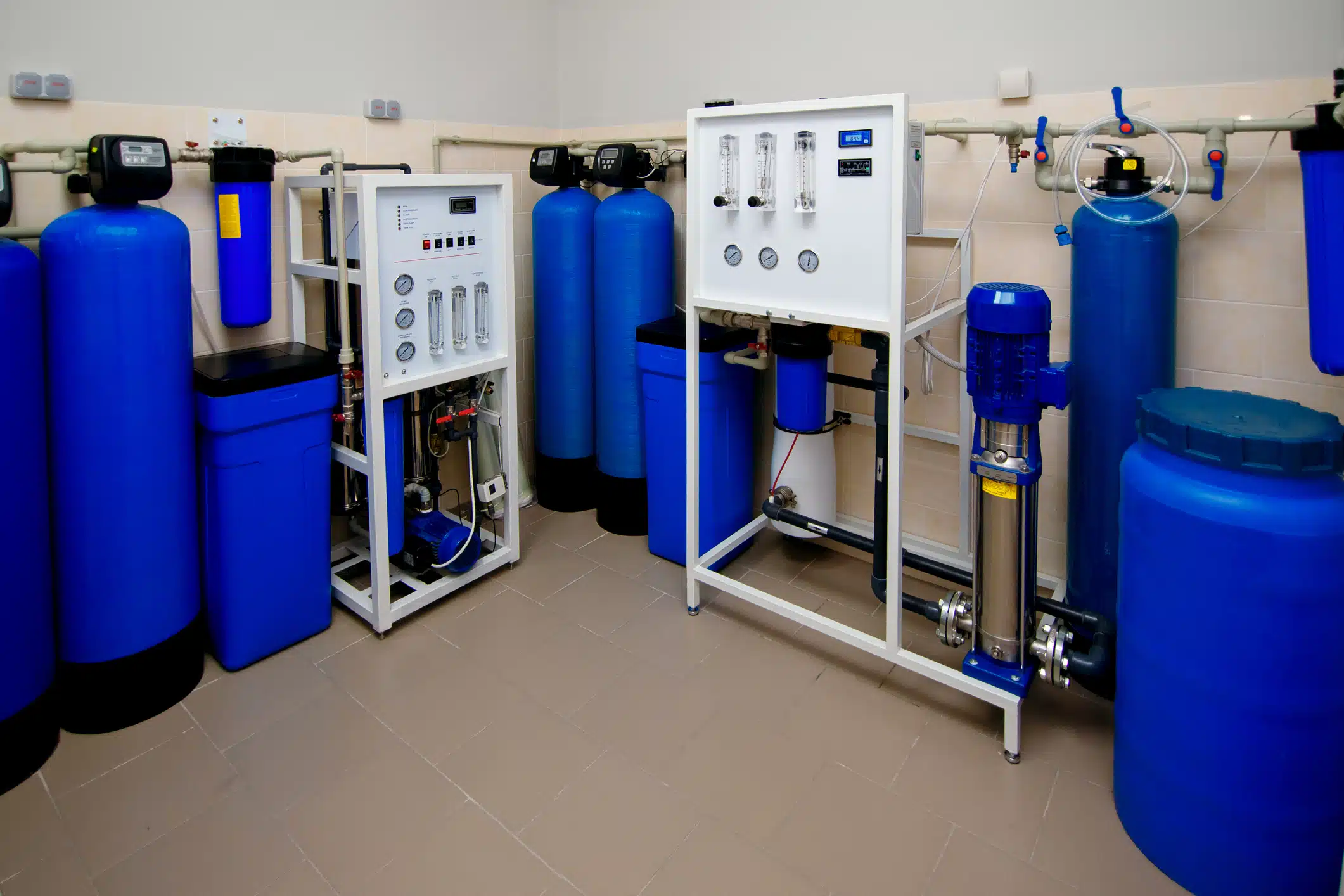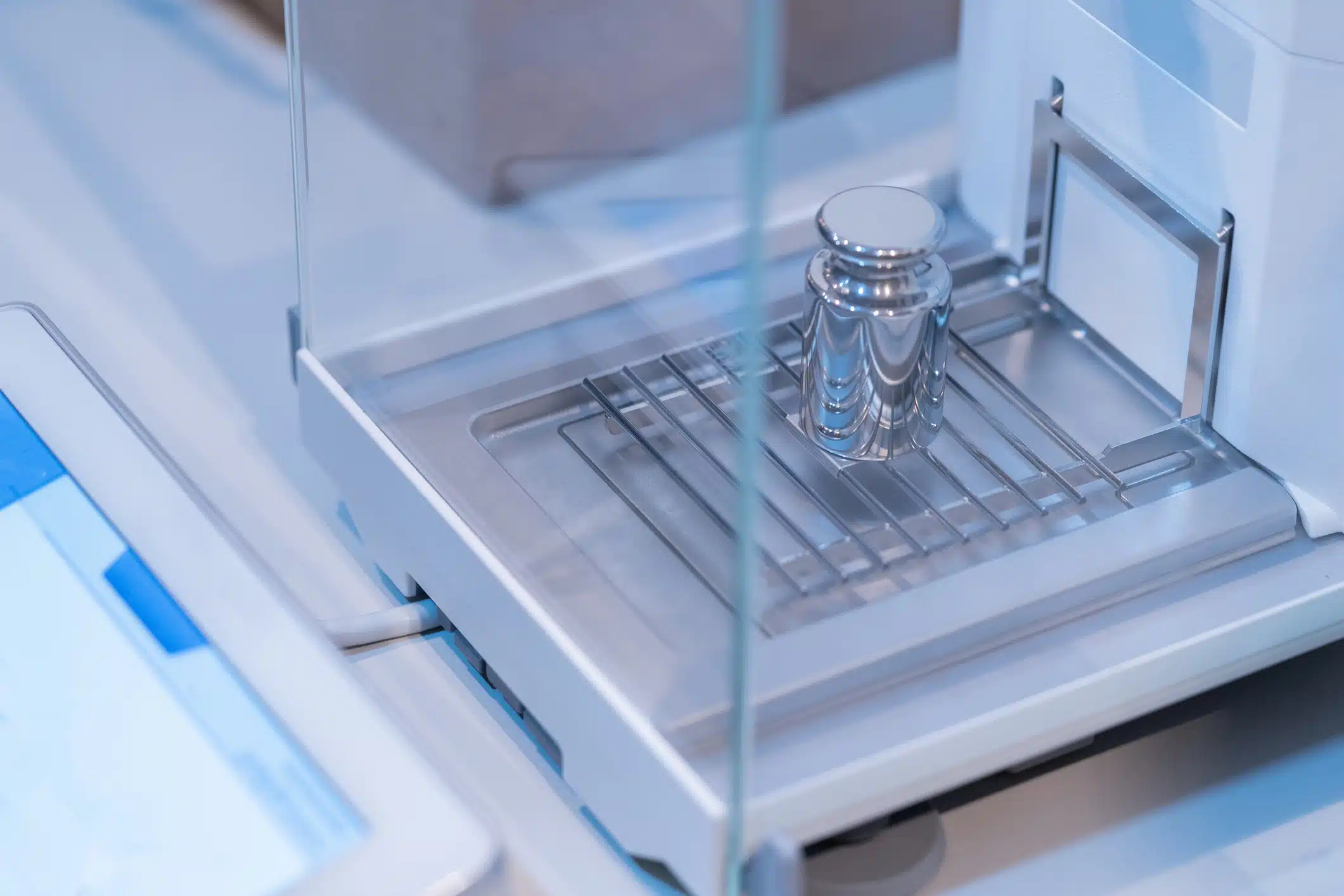Seals and gaskets are simple yet vital components in every lab. Keeping cold air in, temperatures stable, and precious samples preserved, these small but powerful components are essential to the functionality of your cold storage units. So, when they falter, the consequences can quietly creep in – and fast. The guide below helps you spot early signs of seal and gasket issues in your lab freezers and refrigerators so you can schedule maintenance as soon as possible
Feeling Cold or Warm Air Leaks
- What to do: Use your hand to gently check around the freezer door when it is closed.
- What it means: If you feel cold or warm air escaping, the gasket may be compromised.
- Why it matters: Loss of cold air forces your freezer to work harder, wasting energy and risking temperature integrity.
Visually Inspect for Wear or Dirt
- What to do: Inspect the gasket for cracks, tears, warping, or signs of hardness. Also, check for dirt build-up in folds or along the door frame and hinges.
- What it means: Damage or debris can prevent a tight seal, compromising performance.
- Why it matters: A worn seal or dirty gasket allows inefficiencies that can strain equipment and waste energy.
The Dollar Bill Test
- What to do: Close the freezer door with a dollar bill (or letter-sized paper) halfway inside. Try pulling the bill out – if it slides out easily, the seal may be weak in that area.
- What it means: Poor resistance indicates possible gasket failure.
- Why it matters: Identifying these trouble spots can better pinpoint the exact source of inefficiency.
Using a Flashlight to Detect Gaps
- What to do: Turn off the room lights, place a flashlight inside the sealed freezer, and look for light escaping around the edges of the door.
- What it means: Leaks in the gasket will reveal themselves as visible light.
- Why it matters: Gaps let in warm air, threatening efficiency, temperature stability, and sample integrity.
Why is it Important to Check Cold Storage Gaskets and Seals?
A freezer with a compromised gasket works harder to maintain its set temperature, which not only drives up energy costs but also accelerates wear on internal components. More importantly, even small temperature fluctuations can put valuable samples, reagents, and chemicals at risk – potentially impacting research workflows and timelines.
By performing these simple checks, you can prevent future downtime and bring peace of mind that your cold storage units are functioning to their fullest capabilities.
Freezer Repair and Preventative Maintenance with MarathonLS
Suspected gasket or seal failures should be addressed promptly to prevent sample loss, equipment strain, and costly downtime. MarathonLS provides rapid repair and tailored preventative maintenance services for refrigerators, freezers, and ultra-low temperature cold storage. Early intervention helps maintain temperature stability, extend equipment lifespan, and ensure research integrity. For reliable service, 24-hour response time, and relentless communication, contact MarathonLS to schedule your cold storage maintenance.




